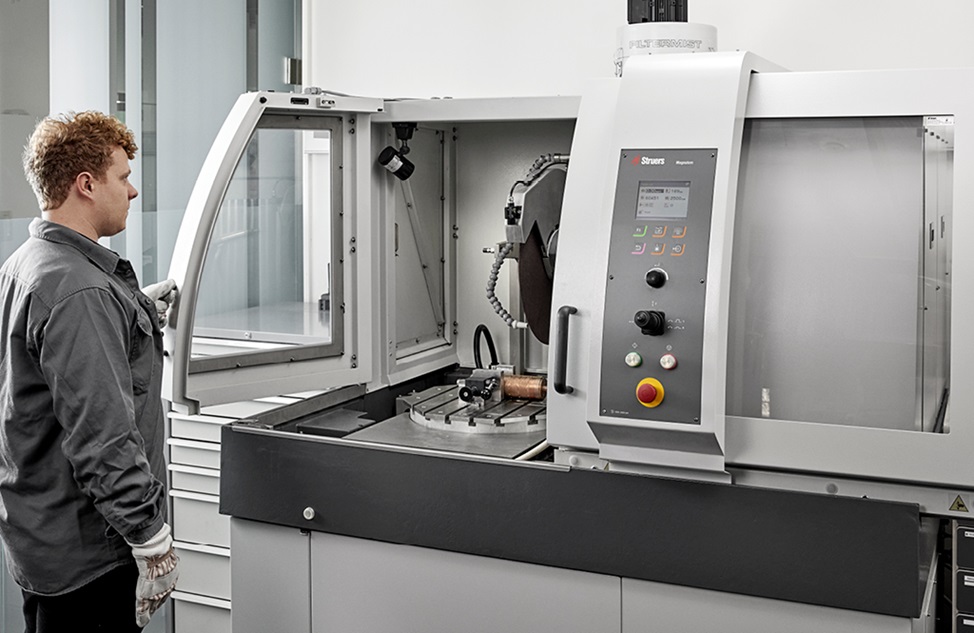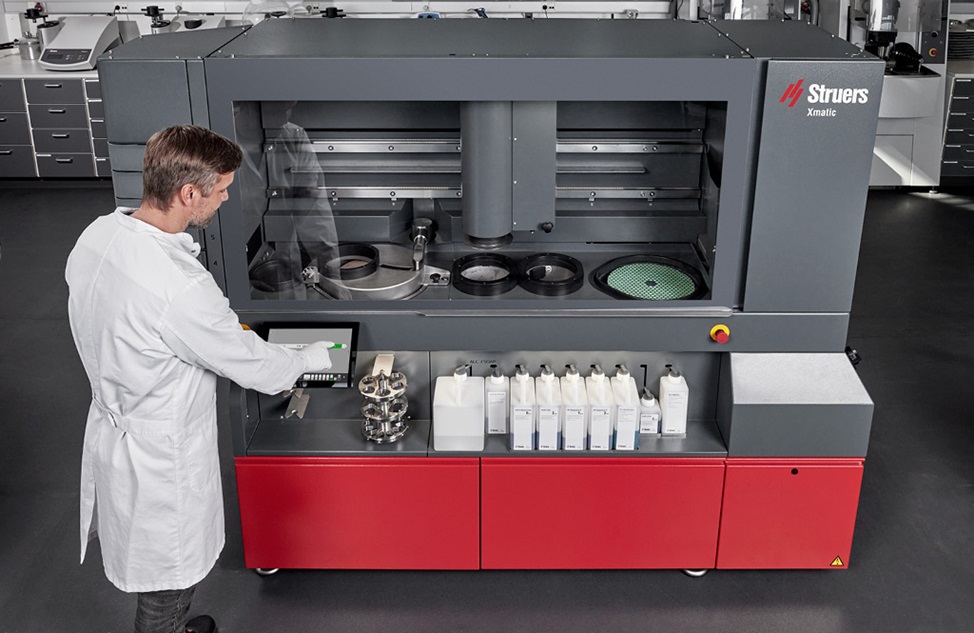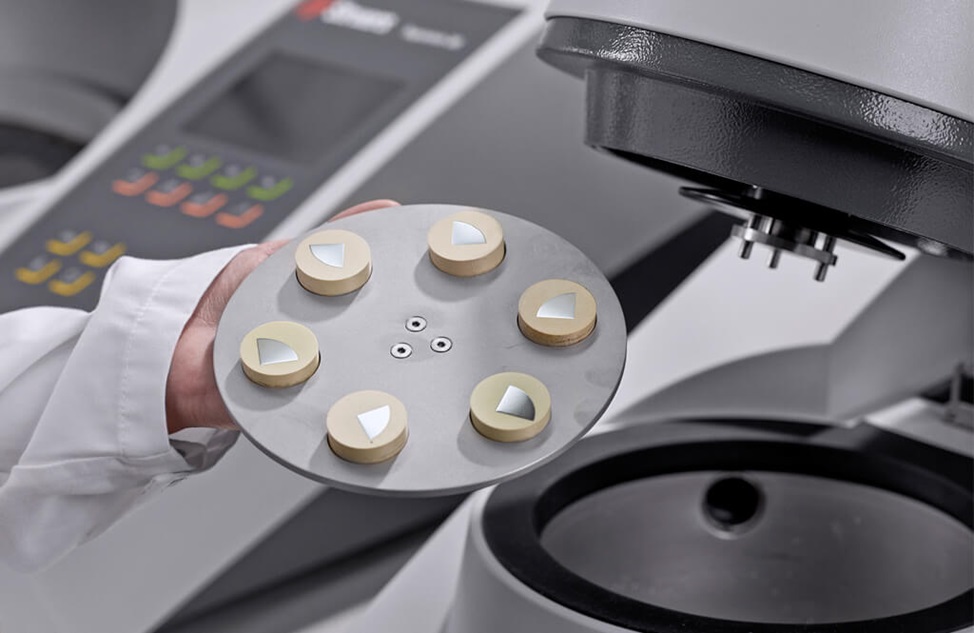The holy grail of materialography – reproducibility
For many businesses, consistency in product quality is vital to maintaining competitiveness. If you take the automotive industry, for example, even the smallest anomaly in a product can have potentially life-threatening consequences. The risks are simply too great to ignore. As a result, their materialographic process must be as effective as possible, which is where reproducibility comes in; if the process is reproducible, the results can be relied upon.
Automation greatly improves reproducibility by minimizing human involvement – and therefore human error – that can affect the outcome. By definition, a machine will do exactly the same steps in exactly the same way, every time, which results in a higher degree of accuracy and repeatability. This naturally translates into greater certainty, efficiency, and quality control – and in highly competitive markets where reputation and trust are crucial to uphold, this can mean the difference between success and failure.
Meeting throughput needs
In the not-too-distant future, consolidation will mean fewer manufacturers will produce larger batches cross many different production sites.
“This puts greater pressure on businesses to deliver consistent product quality, globally. So, there’ll be a need for solutions that enable greater throughput, accuracy, and efficiency, ideally without incurring more cost,” says Jacob Rubæk Holm, Associate Professor in Industrial Dynamics and Quantitative Methods.
It is for this reason that many materialographic labs are turning to automation to solve their throughput issues. Particularly for more repetitive processes, automation gives a more reliable way to deliver the promised number of specimens in time, with fewer hands, and, as a key concern for management, with minimal stops.
Optimization through standardization
Automated equipment also enables labs to ensure greater process standardization, which is another important factor that affects reproducibility. Automation makes it easier for another person to take over the task without compromising the quality of the result and, unlike a person, a machine will never fail to follow the process specifically as it should be done. This enhances efficiency, reduces waste, and helps to remove any element of uncertainty in the process.
In addition, a more standardized process not only gives labs the certainty they need in their results, but also greater insight into their method. The data this creates is highly valuable and can be used by technicians in different ways, for example process and method optimization, to provide documentation for audit trails, or plan for scheduled maintenance.
Simply making things easier
Automation can also help to make the workforce more productive. By taking the preparation process out of human hands, lab technicians will have more free time to focus on other valuable tasks, such as analysis.
New generations of automated equipment are also simpler to use, which not only makes the process safer for operators, but it means less training is required and so more people can do it. Another related and sometimes overlooked factor is mental wellbeing – it is well-known that if a worker’s job is easier, safer, and less pressured, they will naturally be more productive.





